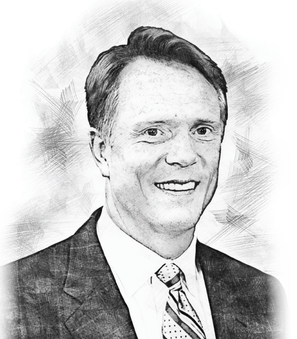Q&A: We're a Solution
The Future of Climate Policy, and How to Prepare for It
Spring 2022

|
Georgia Forestry Magazine is published by HL Strategy, an integrated marketing and communications firm focused on our nation's biggest challenges and opportunities. Learn more at hlstrategy.com
|
